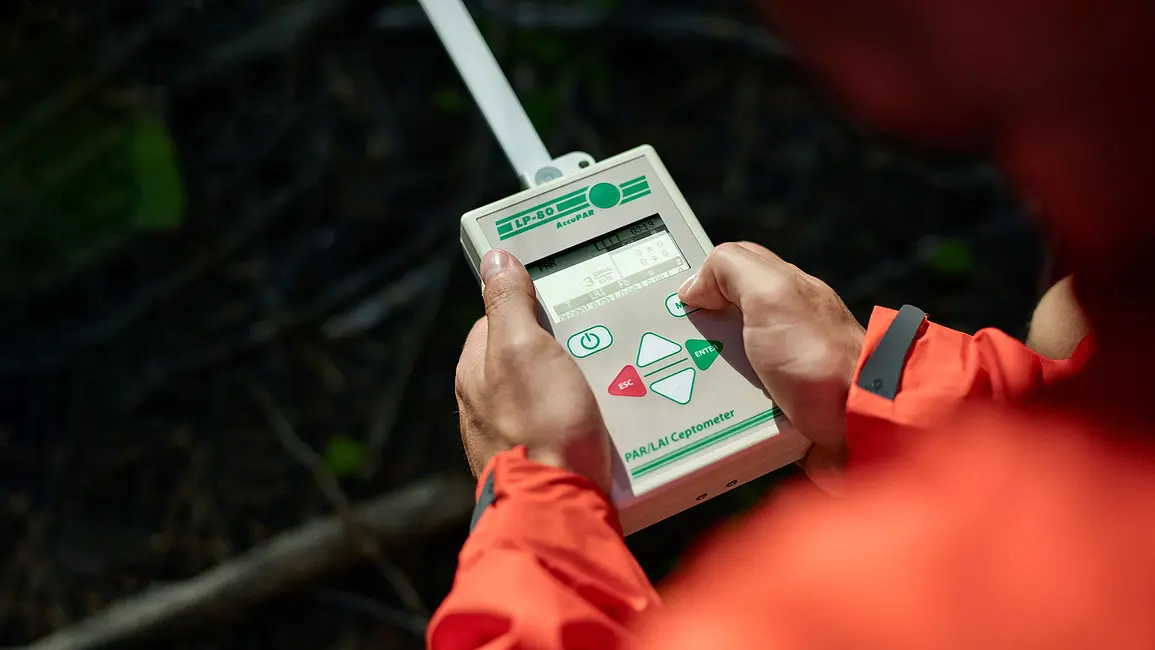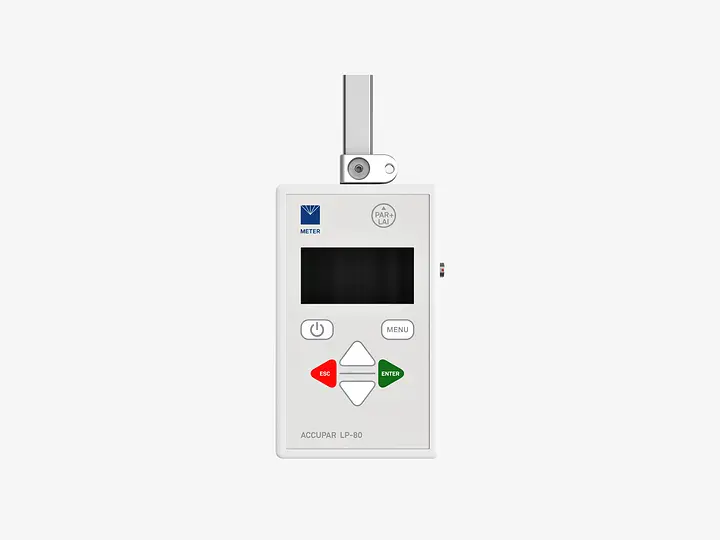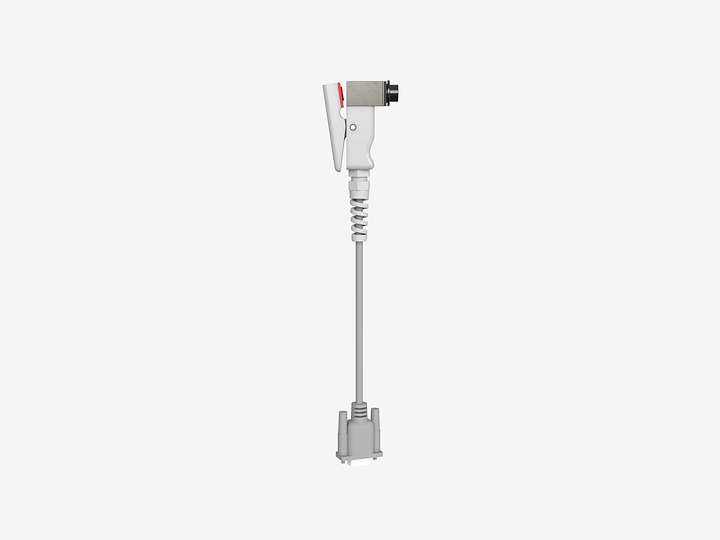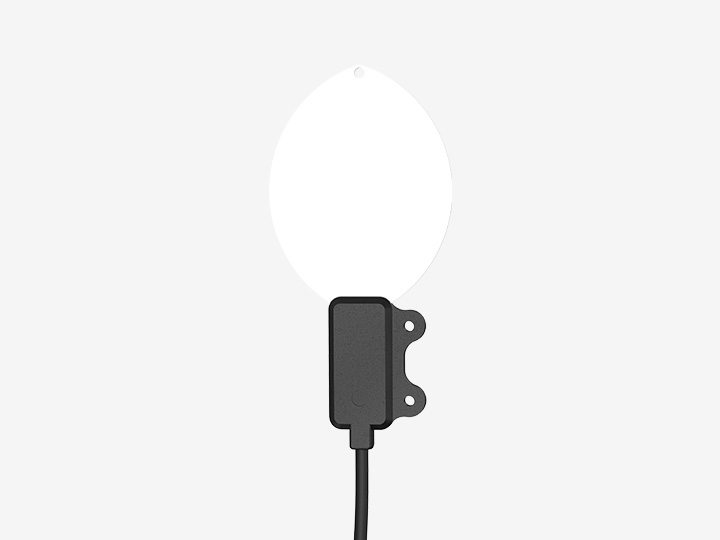LP-80—a different approach to stream restoration
University of Idaho graduate student, Adrianne Zuckerman, is taking a different approach to stream restoration than the traditional approach, channel manipulation, which often requires heavy equipment and major disruption to the riparian area.
Zuckerman set out to understand how vegetation lining the stream bank impacts habitat quality for anadromous salmon and steelhead in Washington’s Methow River, which flows through the eastern Cascades. Zuckerman wanted to know how tree species composition affects the amount of nutrients available to the benthic insect community, since they are a critical food source for young salmonid fish.
When Zuckerman began investigating methods for measuring leaf contribution to the stream, she found that leaf litter traps were the standard equipment. Leaf litter traps are time-consuming to set and maintain, and data analysis consists of frequent visits to the field followed by extensive time in the lab processing leaf material.

Looking for an alternative method, she discovered the LP-80 ceptometer: a lightweight, field-portable instrument for measuring leaf area index. Using the LP-80, Zuckerman was able to rapidly assess the leaf area contribution of each tree species along the riparian corridor. Using this information, it was relatively straightforward for her to estimate the contribution of each tree species to the stream food web.
Zuckerman’s research will help land managers and other researchers understand the importance of riparian vegetation for maximizing the food available to salmonid fish species. Improvement and maintenance of optimal stream-side vegetation composition should ultimately help to enhance salmon populations in the Pacific Northwest.
Discover the LP-80 ceptometer

Case studies, webinars, and articles you’ll love
Receive the latest content on a regular basis.


